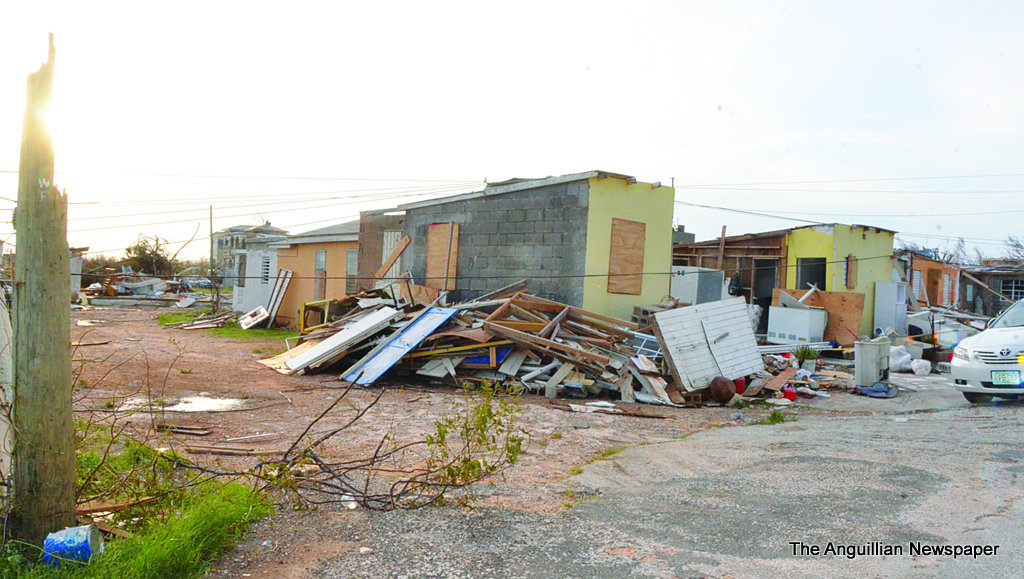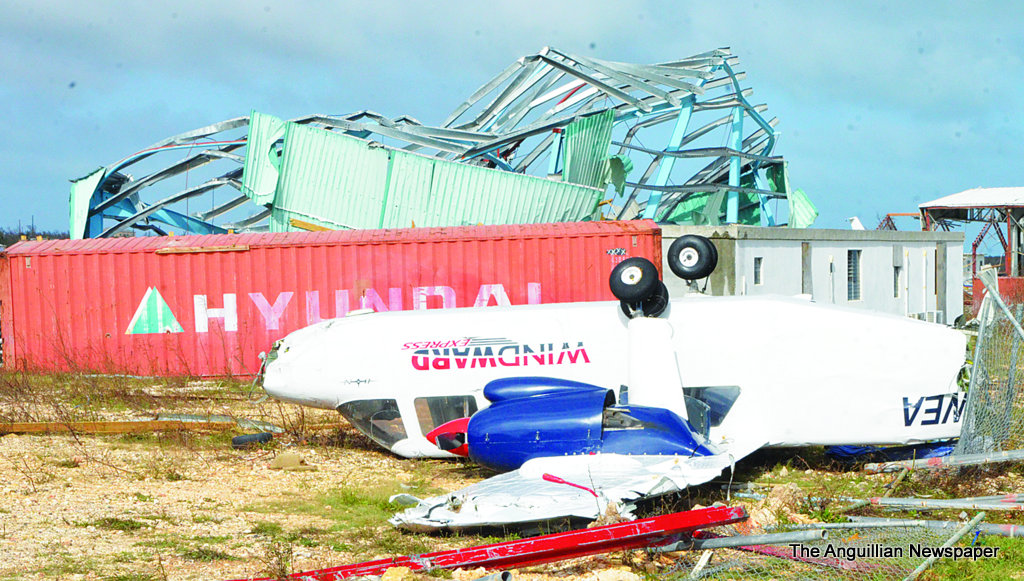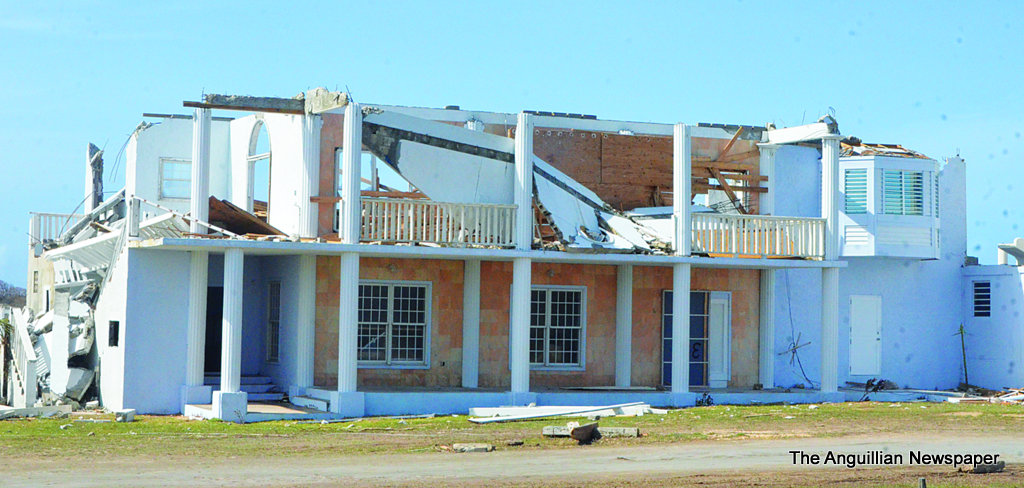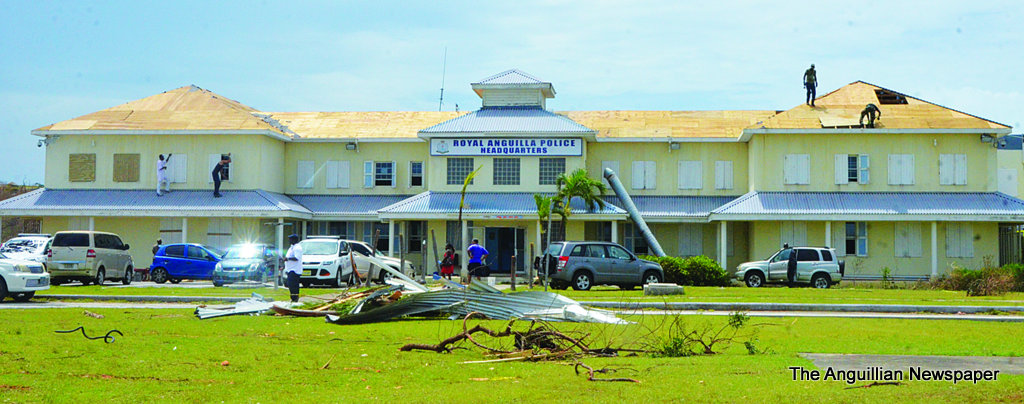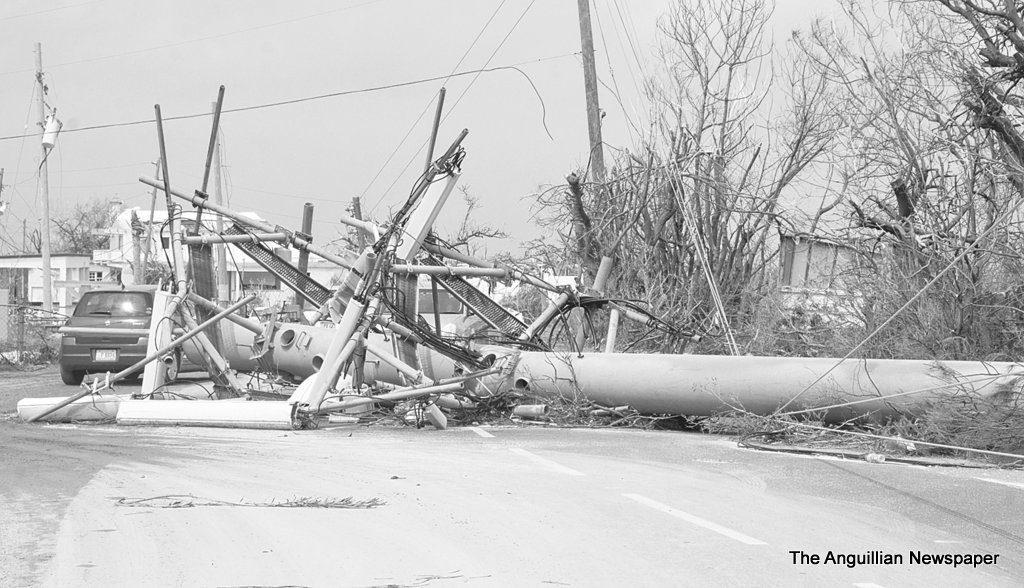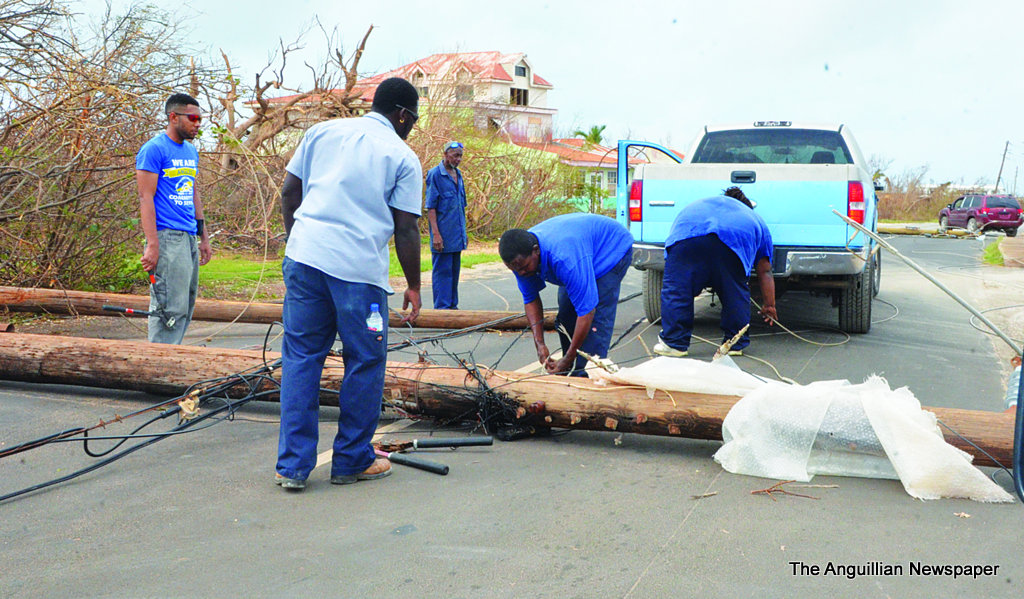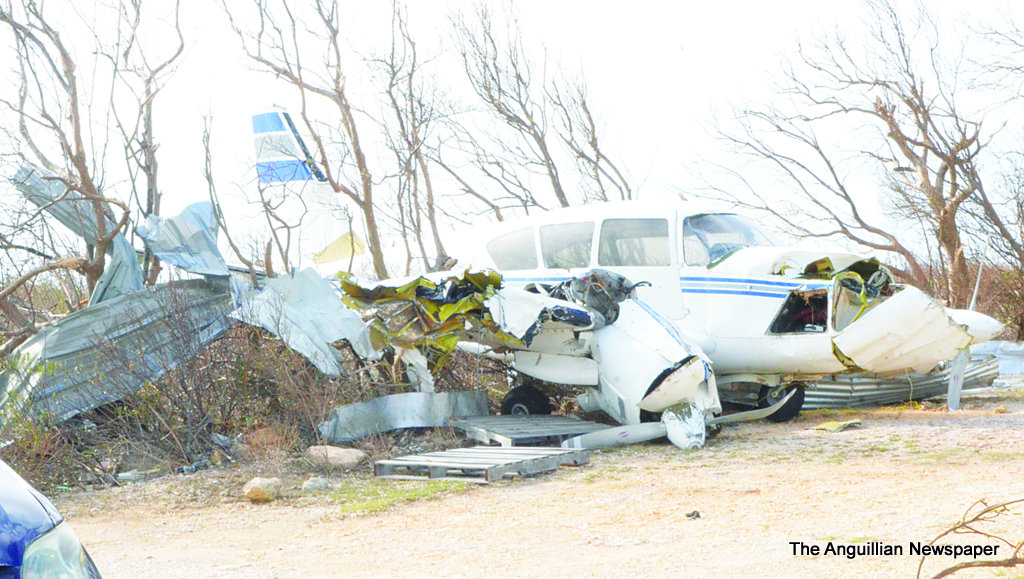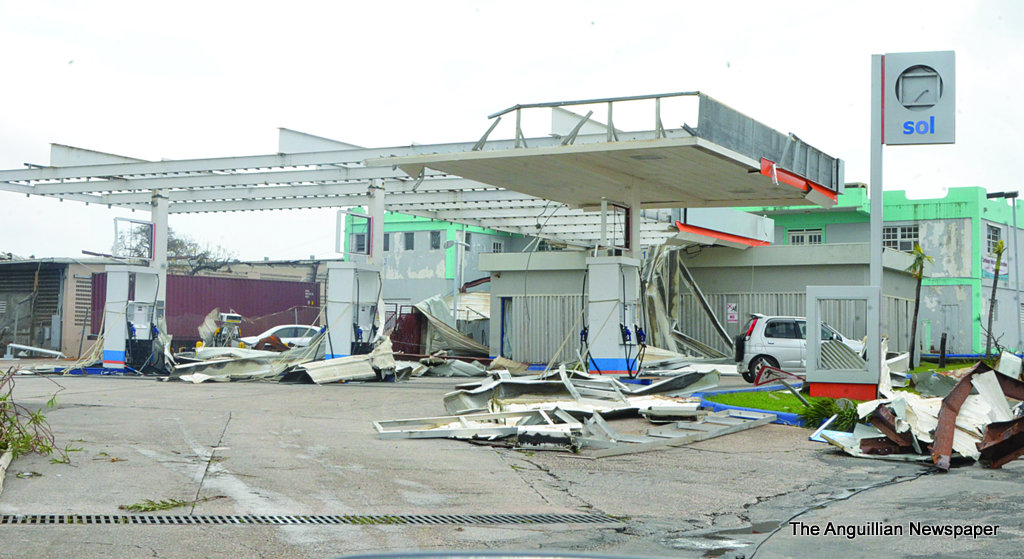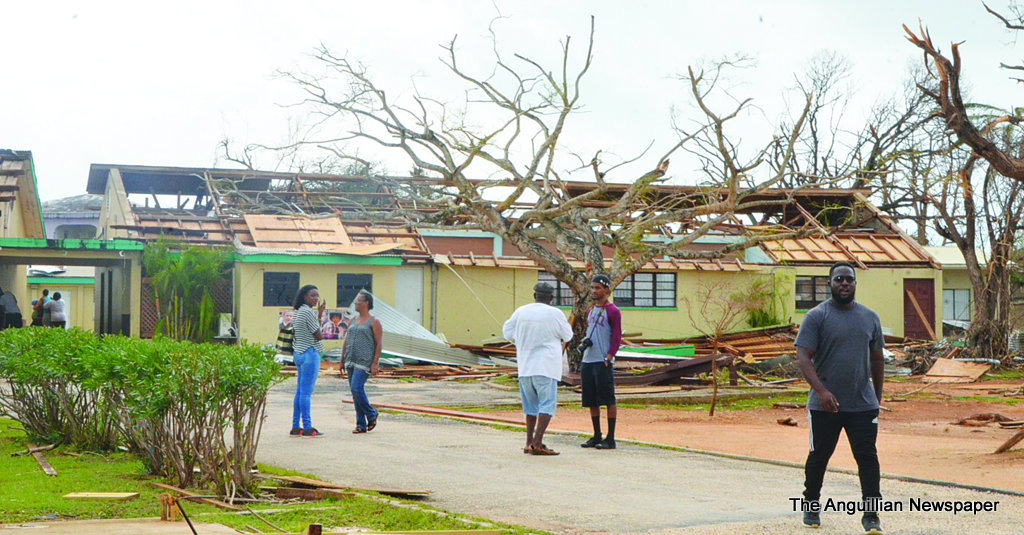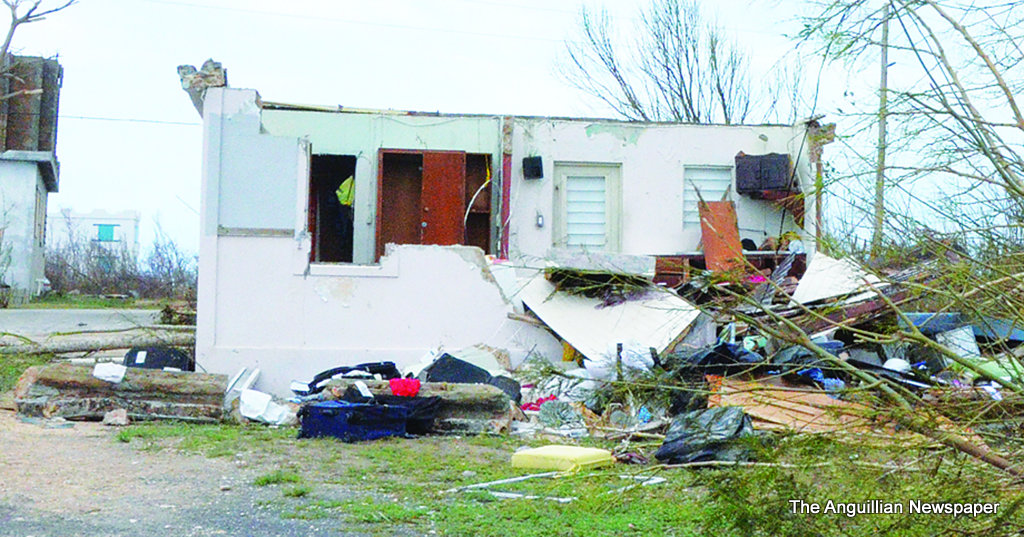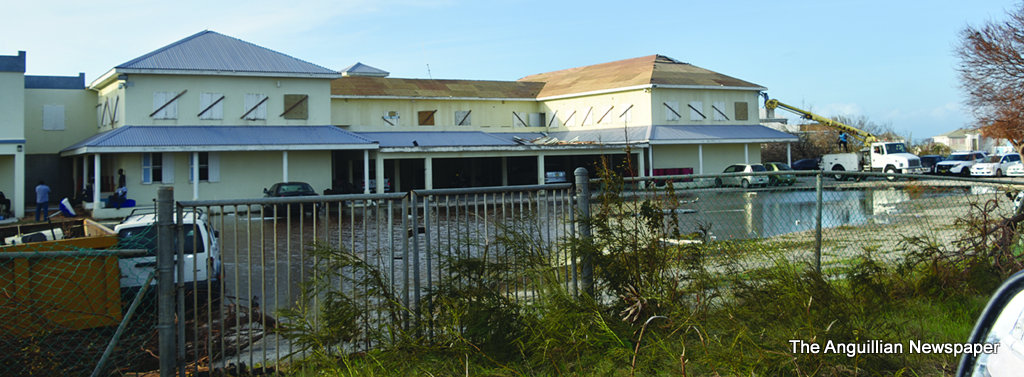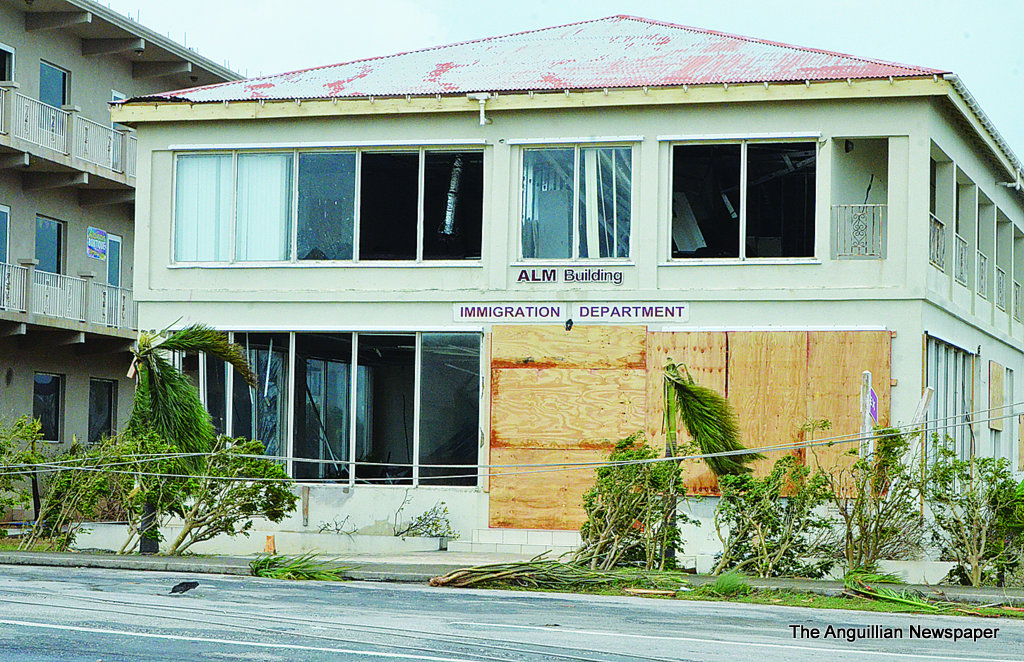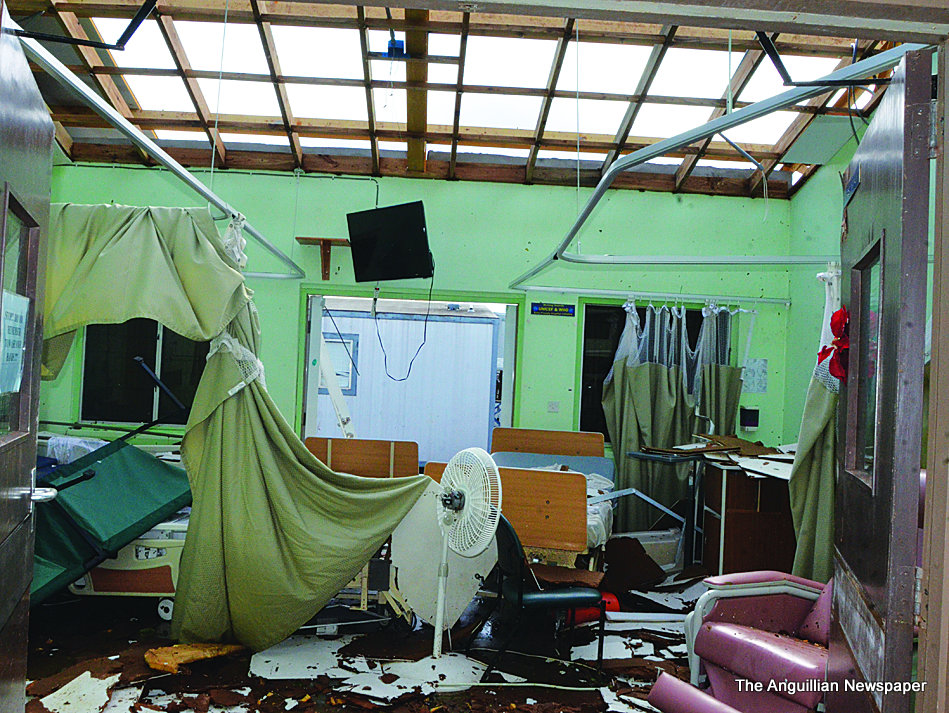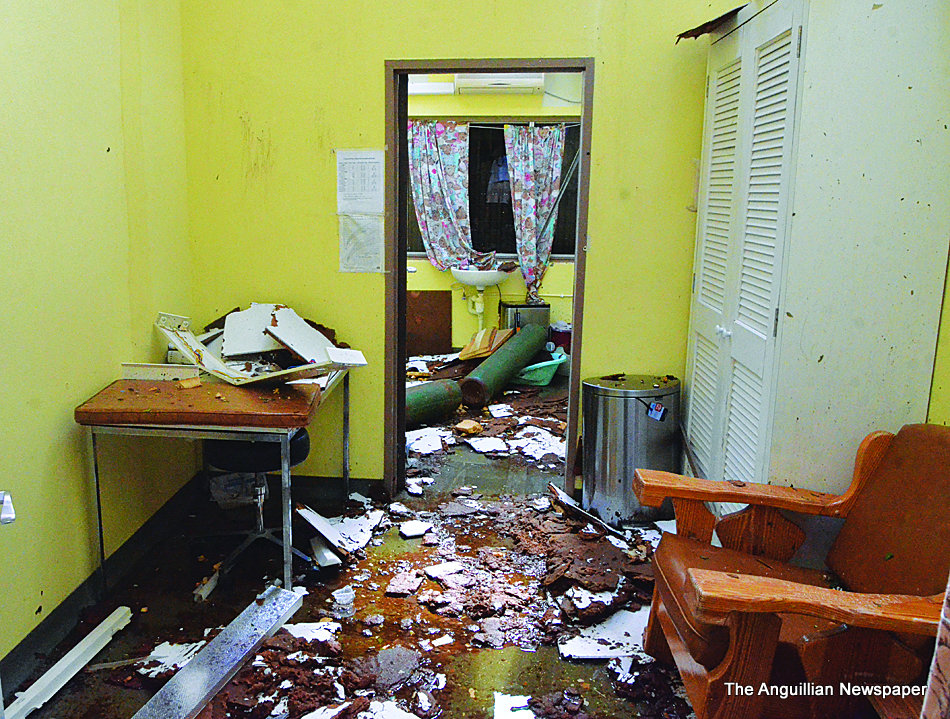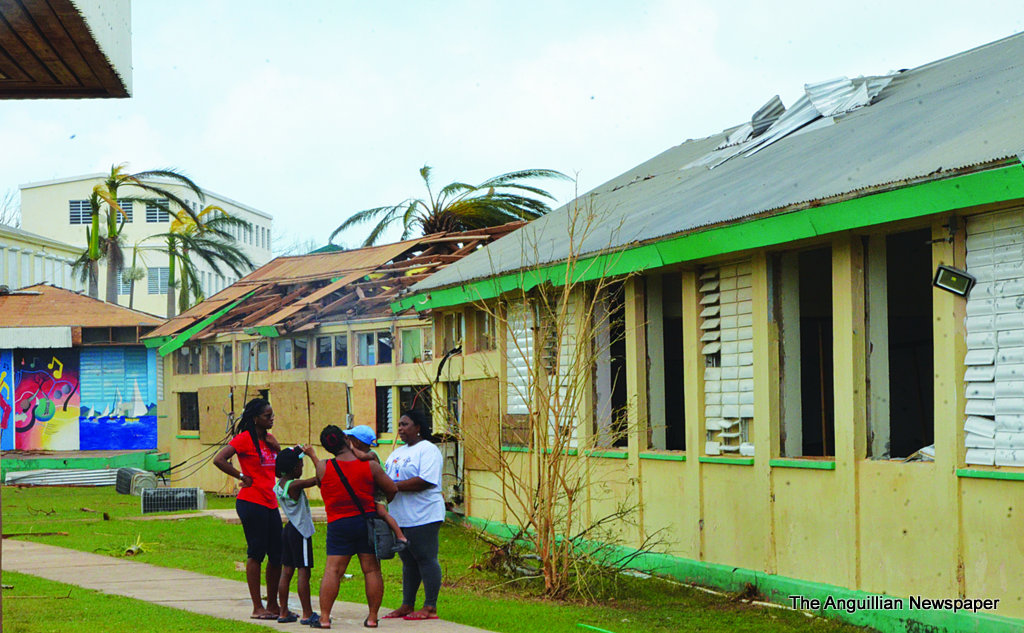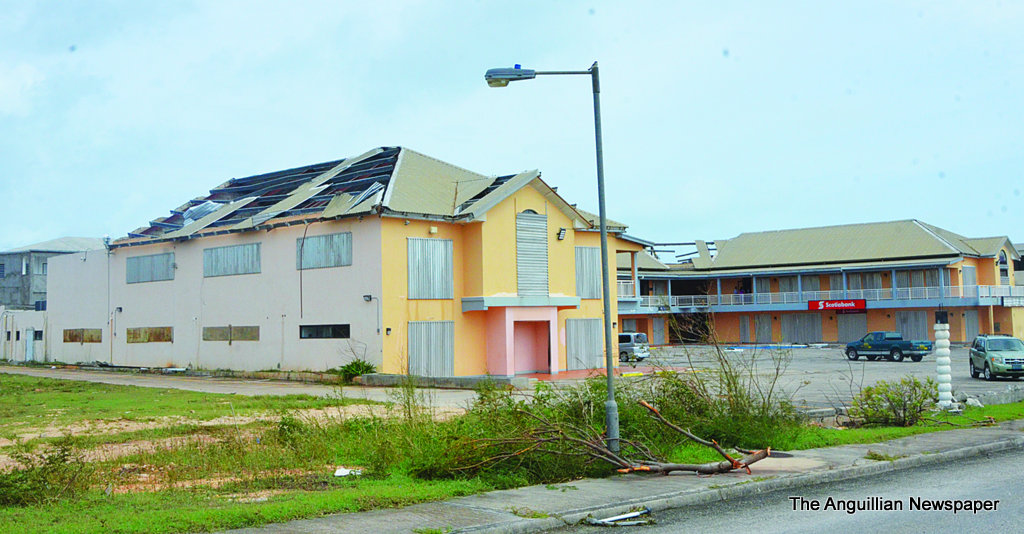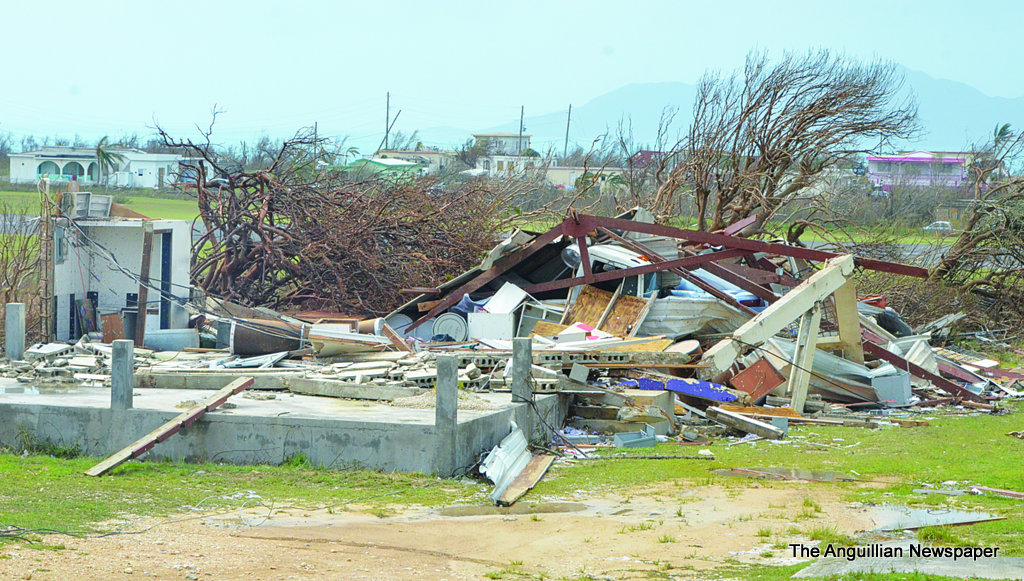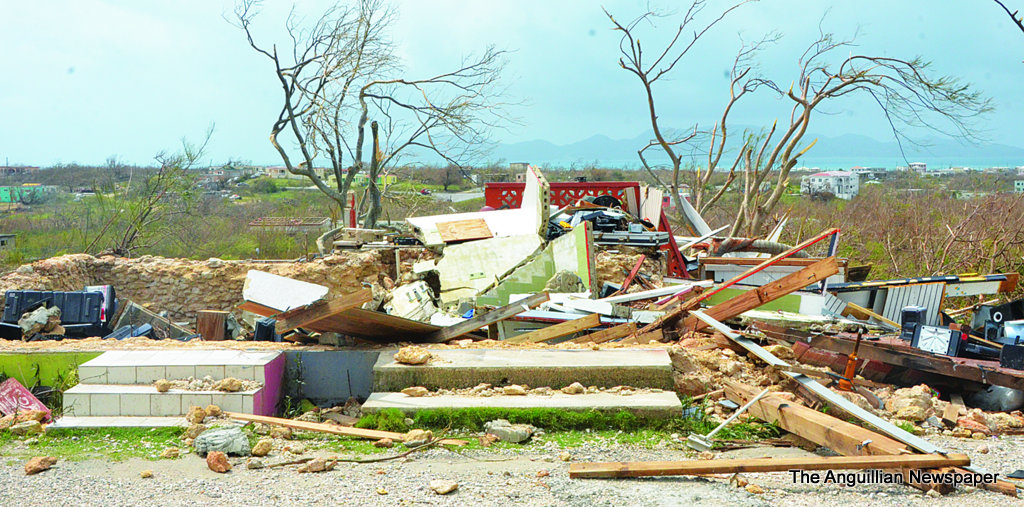This time, September 2017, Anguilla was literally a mess. Hurricane Irma, probably the most catastrophic 5-category storm in the Caribbean – though only really striking a few islands – had left Anguilla in ruins. It destroyed or otherwise compromised several public sector structures, particularly education and health facilities.
In addition to the primary schools, and the Albena Lake-Hodge Comprehensive School, other buildings severely damaged included: the Princess Alexandra Hospital; the Blowing Point Passenger Terminal; the Anguilla House of Assembly adjoining the Magistrate’s Court and the High Court; the Department of Infrastructure buildings; the Secretariat building housing the Ministry of Home Affairs and Education; and the Control Tower at the Clayton J. Lloyd Internal Airport.
The damage was so severe at the Comprehensive School that eight classroom buildings had to be demolished – leaving the school’s compound a ghost town. The Morris Vanterpool Primary School at East End, several classroom buildings at The Valley Primary School and the Adrian T. Hazell Primary School as well as the Auditorium there were also demolished as a result of the hurricane damage.
In the private sector, various private homes and other buildings, including some of the hotels, villas and guesthouses suffered varying degrees of damage.
Anguilla experienced one of its biggest setbacks in recent times, plunging the economy and the tourist industry in a state of forced recession.
The cost of Hurricane Irma to Anguilla was estimated at over US$320 million. In his 2018 budget address, in April that year, former Chief Minister and Minister of Finance and Economic Development, Mr. Victor Banks, gave a detailed report of the cost of the damage done to Anguilla. He reported that, according to figures from an estimate by the Economic Commission for Latin America and the Caribbean (ECLAC), the cost of damage to Anguilla was over EC $880.40 million (the equivalent of US $320 million). Mr. Banks explained that the total value of all economic activity in Anguilla for the entire year of 2017 was EC $909.76 million – showing that Irma had swallowed up all of the island’s earnings. He pointed out that the tourist industry, the driving force of the economy, had experienced a decline of 10.41 percent, and despite that 2017 had started very well with increased arrivals until September. Revenue collected in 2017 was EC $192 million compared with the estimated amount of EC $214. 9 million.
The destruction in Anguilla by Hurricane Irma put the Anguilla United Front Government in a state of begging, through the former Chief Minister, Mr. Banks. Fortunately, the UK Government gave the island a humanitarian grant of 60 million pounds, for public sector rebuilding, under what is still being called the Anguilla Programme.
Today, that programme is almost finished. A new Morris Vanterpool Primary School has been built. New classroom buildings have been completed at the Adrian T. Hazell Primary School, The Valley Primary School and the Orealia Kelly Primary School. A computer building was provided for the Vivien Vanterpool Primary School; and a new Albena Lake-Hodge Comprehensive School, the costliest of the schools, is nearing completion. The Princess Alexandra Hospital has been extensively renovated and expanded. Two new Polyclinics at The Valley and South Hill have been built. And there have been extensive repairs and reconstruction at the Secretariat building, the House of Assembly, The Valley police Headquarters – and the Airport where there is a new Control Tower and a Fire and Rescue Hall. The last of the public sector projects, the Blowing Point Passenger Terminal, is now under construction.
The private sector, including the tourism resorts, has now also recovered from Irma. It is of interest to note that in 2018, despite the hurricane, Anguilla was voted best-island in the Caribbean (Bermuda and the Bahamas) for the fourth consecutive year. It appears that it could have been a continuing trend were it not for the onset of COVID-19 with which Anguilla and the rest of the world are now grappling.
Thanks Heaven, it is now well past the first week of September – a highpoint in the hurricane season – when storms threaten the island and the rest of the Caribbean region up to November. May our island, and the other islands, be spared the fury of the hurricanes during the balance of the 2021 hurricane season.


